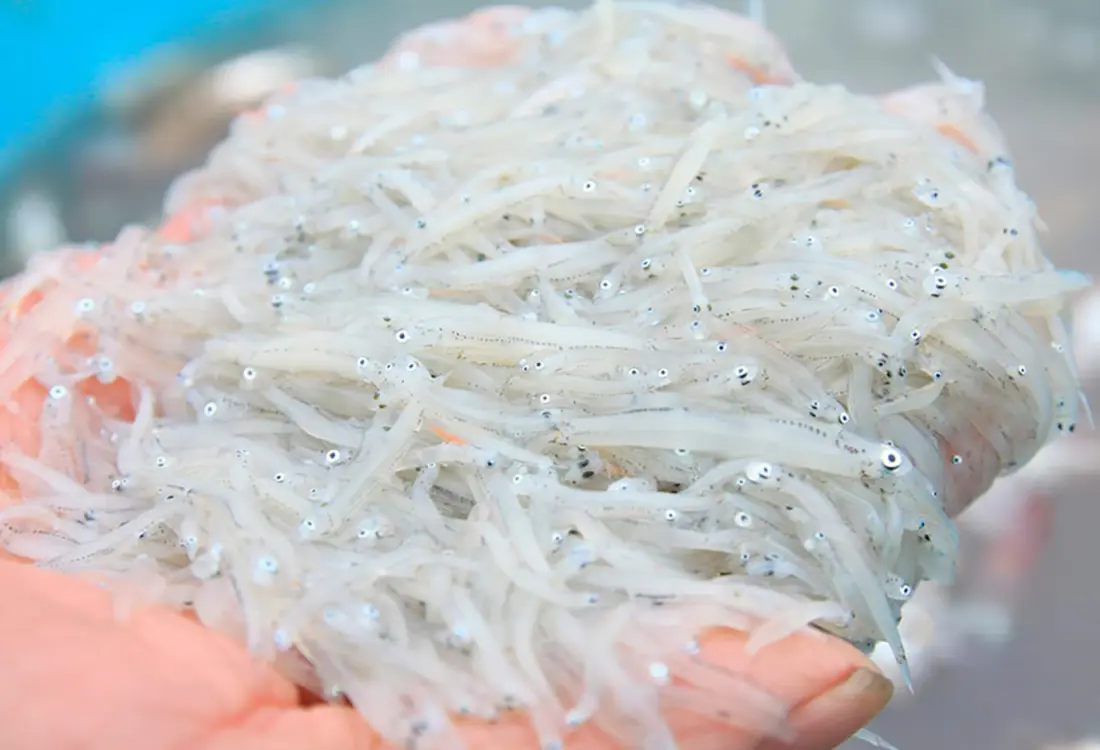
Try the subtle saltiness of Kagoshima's
delicate whitebait
Originating in the northeastern Philippines, the Kuroshio Current flows northward through the East China Sea and onto the open ocean past Kagoshima prefecture.
The warm ocean current not only affects Japan’s climate and plants, but also carries a lot of seafood with it, making the coasts the Kuroshio touches rich fishing grounds.
One of these blessings is carried into Shibushi Bay as the current continues through the open ocean past Kagoshima: “Chirimen” (whitebait).
Their size varies from about 1 cm long to as much as 3 cm.
With its exquisite, subtle saltiness, kamaage chirimen (pot-boiled whitebait) is an especially popular dish.
I went to Shibushi city in search of the flavor and form of beautiful white chirimen.
Add the kamaage chirimen, upon which just a touch of citrus soy sauce has been trickled, atop a bowl of steaming white rice. With a subtle saltiness that stimulates the appetite, kamaage chirimen is one of the signature flavors of southern Kyushu. Kagoshima prefecture ranks 2nd nationally in the volume of its chirimen catch. In particular, the Shibushi Bay area comprises about half of the prefecture.
“Chirimen(Shirasu)” is a general term for juvenile sardines such as anchovies, round herring, and Japanese pilchard. In Shibushi, it is common practice to call them “chirimen” (crepes) due to their being little fish with crepe-like creases. Among the various chirimen of the world, those caught in Shibushi Bay are called “white backs” due to their appearance, and are considered high-grade. They are characterized by a lack of bitterness, even when eaten raw.
Shibushi Bay is undergoing large-scale land reclamation work, there are a lot of large vessels such as ferries and container ships moored at the bulkheads. Still, even now you can see the shapes of the fishing boats of local groups of fishermen engaged in chirimen fishing. “Until about 45 years ago, it was seine fishing from the beach,” says Yoshiaki Kajiki, President of Kajiki Fisheries, Ltd.. In those days they used to catch sea bream, mackerel, and such right from the shore, he tells me, reminiscing. These days things have changed, and they employ traditional trawl net fishing where two boats head out into the open ocean and pull a trawl net in a U-shape, with 4 fisheries currently engaged in chirimen fishing at Shibushi. The fishing grounds are located within Shibushi Bay, with fishing boats equipped with fish finder devices searching for their catches.

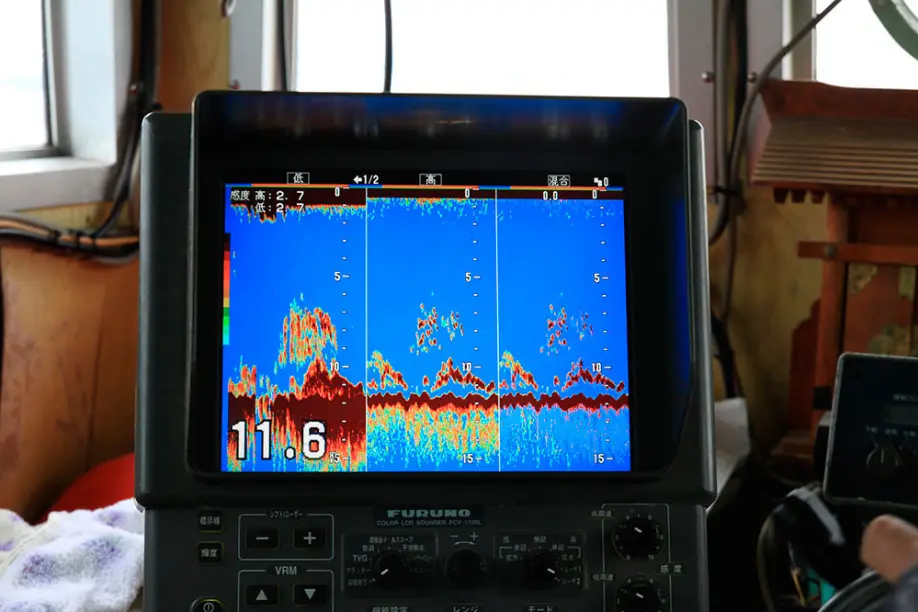

The chirimen catch is translucent, sparkling beautifully. “For these tiny chirimen, freshness is everything. Because they lose their freshness quickly, we have to process them right away,” says Kajiki-san. After washing with water and sorting at a processing plant, salt is added and they are boiled for about one minute, and they become kamaage chirimen. When these are further dried in the sun, they become chirimen jako (dried whitebait). They are known as a food rich in protein and calcium.
In order to protect the freshness of the chirimen, once pulled out of the net they are immediately taken to the processing plant. In the Spring and Autumn, the peak fishing seasons, they go back and forth between the fishing grounds and the processing plant many times a day. “The sun-drying after boiling is also important. They dry easily, especially in the summer, so you have to make sure of the drying time so the chirimen don’t lose all of their moisture.”
Each year chirimen fishing begins in March, and peaks in April. In the Autumn, the season begins in September and lasts until January. The seasons open with the shipment of newborn sardines called jami, which are about 1 cm in length. “They’re all the same size, and the pure white ones are high-grade,” says Kajiki-san. In the local area, it is eaten with ponzu (citrus-based sauce) on tofu, or mixed with fried rice.


In Shibushi city there are a great number of restaurants that serve dishes using chirimen. Kajiki-san’s kamaage chirimen can be enjoyed at a restaurant “Donya Waka.” Here you can experience the flavors of their famous “White-back Three-Flavor Bowl,” which won the inaugural Grand Prix Award at the 2010 S-1 Grand Prix (currently called the Show-1 Gourmet Grand Prix), which is popular at their Kagoshima prefecture shopping district location. Its attraction lies in the skillful creation of three different flavors of chirimen cuisine that can be enjoyed in one sitting. It is a wonderful dish that features plentiful helpings of light-textured kamaage chirimen, crispy burdock and carrot kimpira stir-fried until the chirimen gains a delicious gloss, and chirimen fritters with a local vegetable base. The proprietress Hisako Taura gives a big smile and explains, “these chirimen, caught riding the Kuroshio through great difficulty, are delicious.” When enjoyed with their home-made sauce, the different textures of the chirimen blend in the mouth to bring about a complex flavor.




Coverage Cooperation/Kajiki Fisheries, Ltd.
192-62 Anraku, Shibushi-cho, Shibushi city, Kagoshima prefecture
TEL.099-473-0718

“Donya Waka,” located in the Shibushi’s shopping district. In addition to their chirimen bowl with hefty helpings of white-back chirimen, you can also enjoy cuisine featuring locally-grown ingredients. It’s a popular restaurant with many customers from inside and outside the prefecture.
2-1-14 Shibushi, Shibushi-cho, Shibushi city, Kagoshima prefecture
TEL.099-472-2607
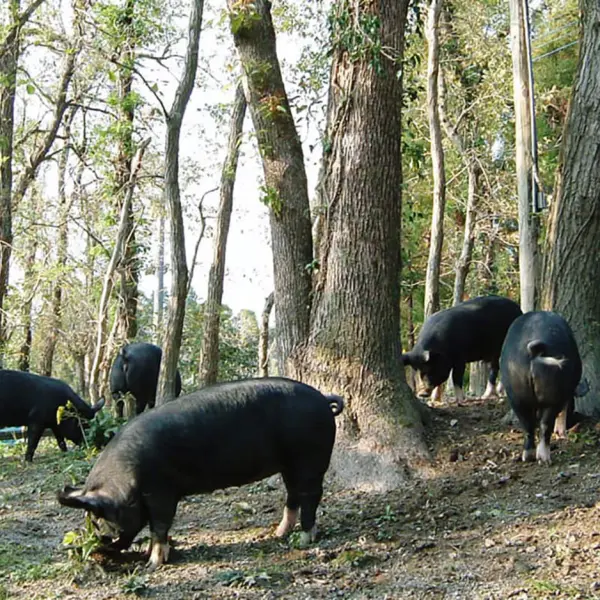 The delicious secrets of Kagoshima's free-range Kurobuta pork
The delicious secrets of Kagoshima's free-range Kurobuta pork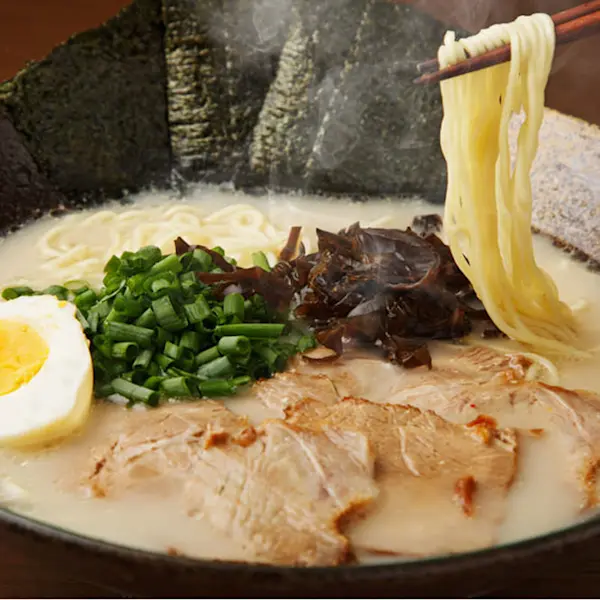 Everything You Need to Know About Fukuoka’s Famed Tonkotsu Ramen
Everything You Need to Know About Fukuoka’s Famed Tonkotsu Ramen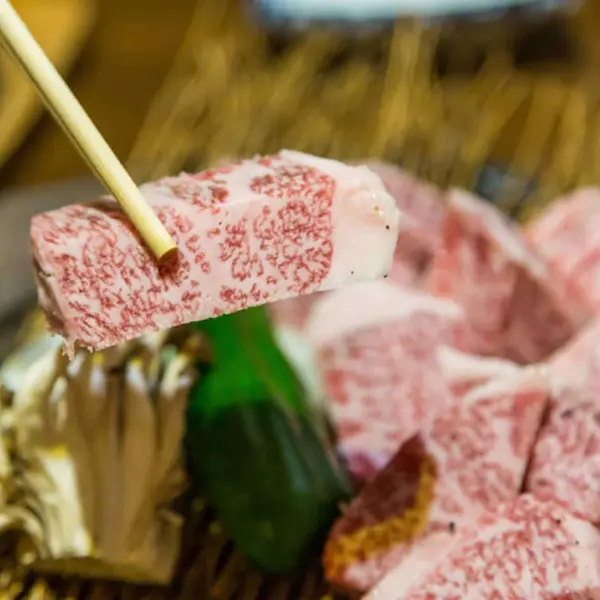 Saga Beef: Wagyu To Remember
Saga Beef: Wagyu To Remember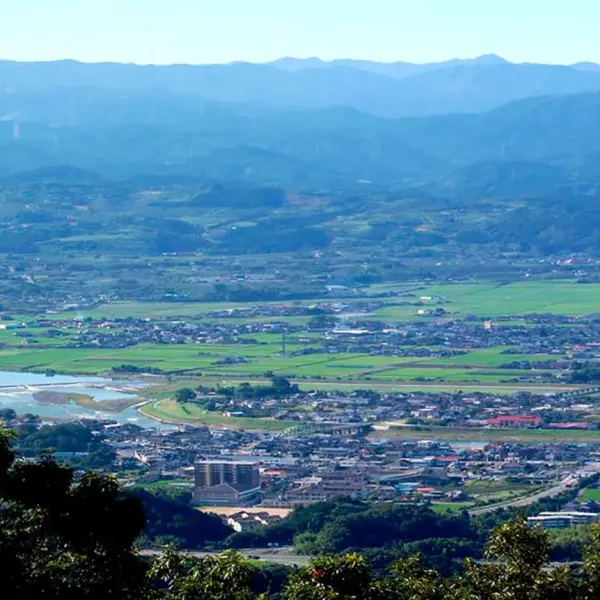 Discover Fukuoka's fruit kingdom
Discover Fukuoka's fruit kingdom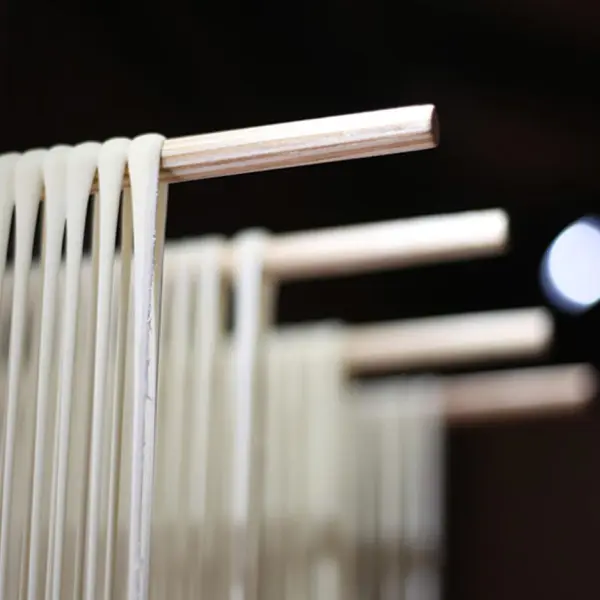 Goto udon: a delicious legacy of Nagasaki's ancient trade routes
Goto udon: a delicious legacy of Nagasaki's ancient trade routes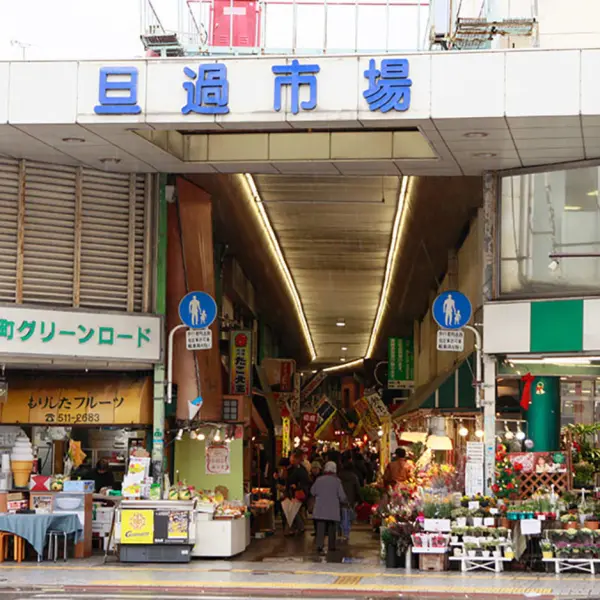 Feast your senses at Fukuoka's bustling fresh food market
Feast your senses at Fukuoka's bustling fresh food market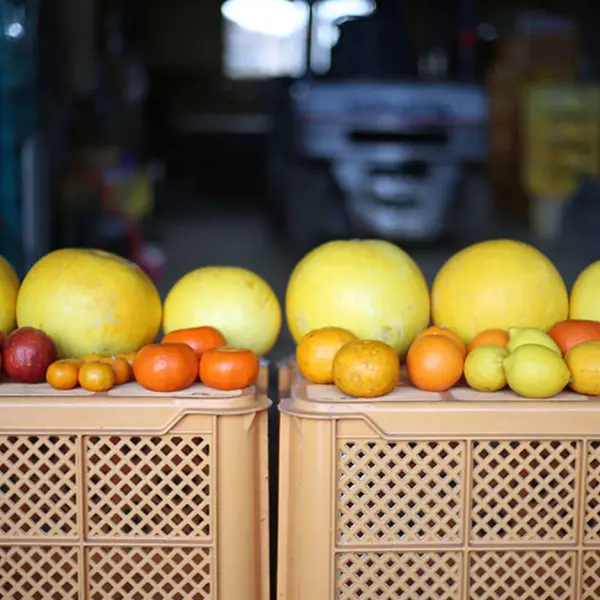 Cultivating the world's largest citrus fruit in Kumamoto
Cultivating the world's largest citrus fruit in Kumamoto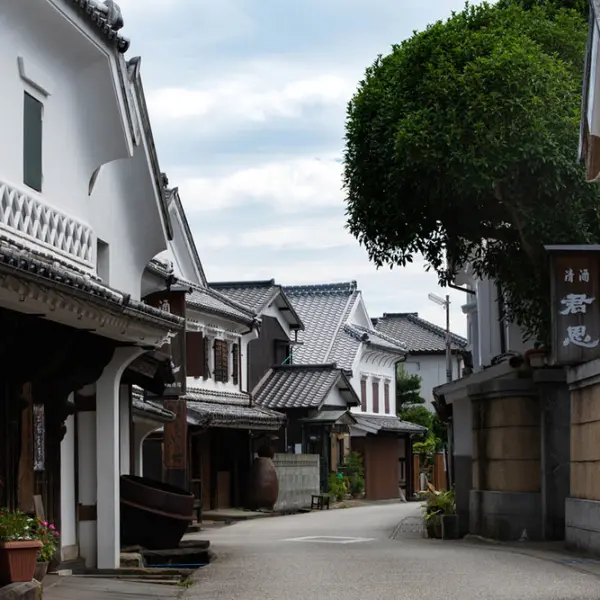 Hizen Hamashuku: Historic breweries that house the world’s best sake
Hizen Hamashuku: Historic breweries that house the world’s best sake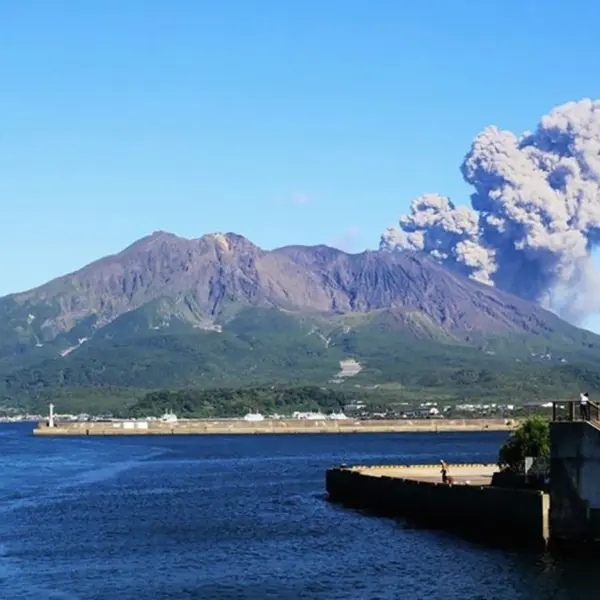 In the shadow of a volcano: the world's largest daikon radishes
In the shadow of a volcano: the world's largest daikon radishes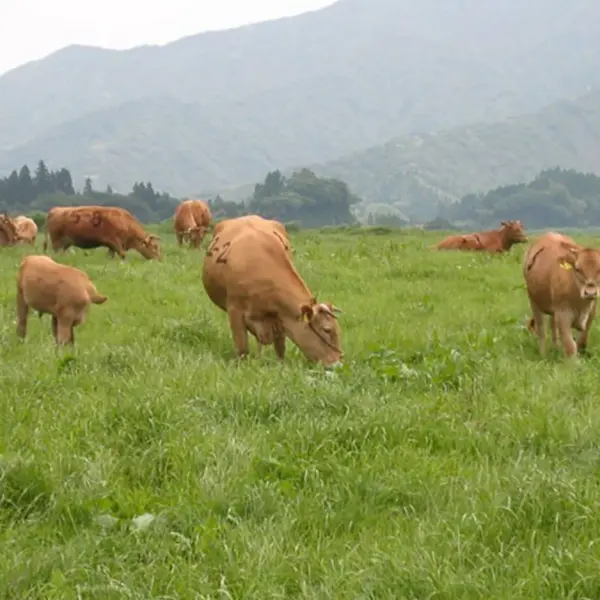 Raising Kumamoto's famed Japanese Brown Cattle
Raising Kumamoto's famed Japanese Brown Cattle




